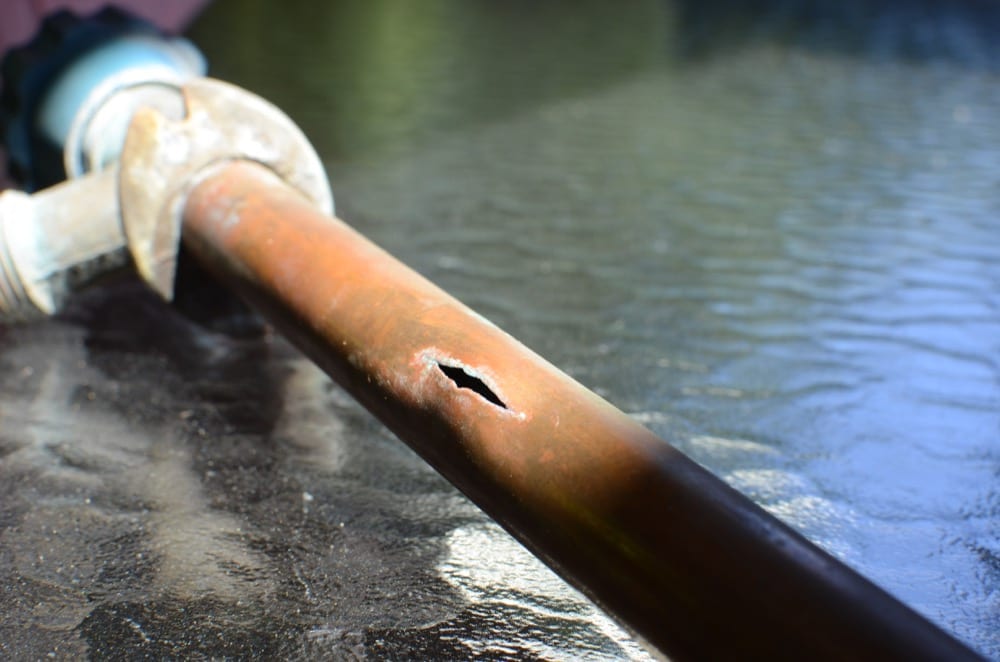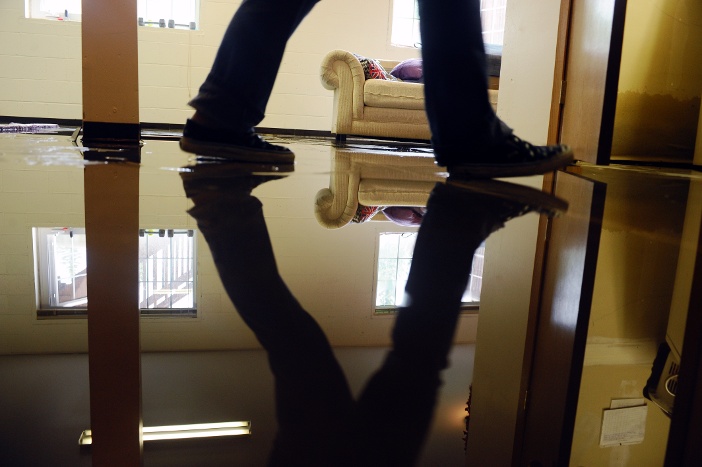Identifying and Quickly Fixing a Burst Pipe: A DIY Solution
Identifying and Quickly Fixing a Burst Pipe: A DIY Solution
Blog Article
Are you trying to find help and advice around How to Prepare for Your Dishwasher Installation?

A burst pipeline is a major emergency; you can just stand as you view water you pay a lot to reunite with the earth. In even worse situations, you see a pool on your cooking area floor, which is a wonderful trip threat, particularly if you have children around. If the pipeline that ruptured was in your walls, trouble: you may need to paint that entire section.
How can a catastrophe like a burst pipe be protected against as well as taken care of? Well, by paying attention to your professional emergency plumbing technicians and following these regulations.
Exactly how do I recognize when my pipes have ruptured?
Varying water stress
Pipes do not simply burst in a day. You might have observed that your kitchen area faucet or shower doesn't run quickly when you turn the tap. It might stop briefly for a couple of seconds and then blast you with more pressure than usual.
In various other circumstances, the water may appear regular at first, after that decrease in stress after a few seconds.
Damp walls as well as water discolorations
Before a pipe ruptureds, it will leak, many times. If this relentless dripping goes undetected, the leakage may graduate into a vast gouge in your pipe. One simple method to avoid this emergency is to look out for wet walls ad water discolorations. These water spots will lead you right to the leak.
Puddles under pipes and sinks
When a pipe ruptureds, the outflow forms a puddle. It might appear that the pool is growing in size, as well as despite the amount of times you wipe the pool, in a couple of mins, there's an additional one waiting to be cleansed. Often, you may not have the ability to map the pool to any kind of noticeable pipes. This is an indication to call an expert plumber.
Untraceable leaking sounds
Pipeline ruptureds can occur in one of the most unpleasant places, like within concrete, inside walls, or under sinks. When the house goes silent, you may have the ability to listen to an aggravatingly relentless leaking noise. Even after you've examined your shower head as well as kitchen area tap, the dripping might proceed.
Precious reader, the trickling might be coming from a pipeline inside your walls. There isn't much you can do about that, other than inform a professional plumber.
Shut off the Water
When water ices up, it increases in volume by about 9 percent. And also it increases with incredible force: The stress inside pipelines may go from 40 extra pounds per square inch to 40,000 psi! No pipeline can hold that much pressure, so it bursts. The break may take place where the ice kinds, however more often, it takes place where water stress finds a weak point in the pipeline. That may be inches or even feet from the frozen area. Find the water shutoff valve and also switch off the water to avoid more damages. You could likewise need to turn off the electrical power as well, relying on where the leakages happens and just how huge it is.
Contaminated water
Many people think a ruptured pipeline is a one-way outlet. Fairly the contrary. As water drains of the hole or laceration in your plumbing system, contaminants locate their method.
Your water may be infected from the source, so if you can, inspect if your water tank has any kind of issues. However, if your alcohol consumption water is supplied and also detoxified by the local government, you should call your plumber right away if you see or scent anything funny in your water.
What do I do when I identify a ruptured pipe?
Your water meter will certainly continue to run even while your water wastes. To minimize your losses, locate the main controls and also turn the supply off. The water mains are an above-ground framework beside your residential or commercial property.
How to Fix & Detect a Leaking Pipe
How Do I Know if a Pipe is Leaking?
Leak detection tests can help you determine if your pipe has a leak. Even if you don’t see an apparent leak, you should still conduct leak detection tests regularly to save water and money—and prevent major damage to your home.
Water meter. It can be helpful to figure out what your usual water meter usage numbers are and then monitor them regularly. To monitor your meter, first, turn off all water faucets in your home. Check the meter and write down the numbers. In a few hours, check the meter again. If the numbers have changed, you have a leak. Water gauge. Use a water gauge to test your water pressure. Your showerhead should produce a certain amount of water pressure based on its model and design. If the pressure is lower than it is supposed to be for that specific showerhead, your home likely has a leak. Puddles. Look inside your bathroom, laundry, and kitchen sink cabinets. Puddles around the cabinets or around toilets, tubs, showers, and washing machines indicate the presence of a leaking pipe. You may also notice loose tiles, peeling or flaking paint, or mold caused by water accumulation. Napkin test. Even if you don’t see any puddles, you may still have a leak. You can test for water leaks in the bathroom, laundry, and kitchen by wiping below-sink connections with a napkin, paper towel, or piece of toilet paper. If it becomes damp, you probably have a leaking pipe under the sink. Discolored walls. Walls that are discolored—usually with brown or yellow stains—or bulging might mean that they have been impacted by water damage caused by a leaking pipe. Smell. A leaky pipe will create sitting water, and over time, that water may develop a musty smell. If your home smells musty, but you can’t locate the source, it may be due to a leak. Steps for Fixing a Leaking Pipe
A leaky drain can be remedied by tightening the pipe base, replacing the drain seal, caulking the rim, and tightening the pipe nut. Similarly, a leaking toilet pipe can be treated by tightening the packing nut. You may also need to replace the valve. A leaky faucet may just need tightening or replacement of the washers. If that doesn’t work, consider replacing your faucet. If your pipe has a hole in it, you may want to use a pipe leak sealer or pipe leak tape. This quick fix for water pipe leaks can also temporarily fix a copper pipe leak. https://www.ahs.com/home-matters/quick-tips/how-to-tell-if-pipes-are-leaking/

Do you appreciate reading up on How to install a dishwasher safely? Write a remark further down. We will be delighted to find out your feelings about this blog entry. In hopes that you visit us again soon. If you please take the time to promote this content if you enjoyed reading it. Thanks a lot for taking the time to read it.
Website Report this page